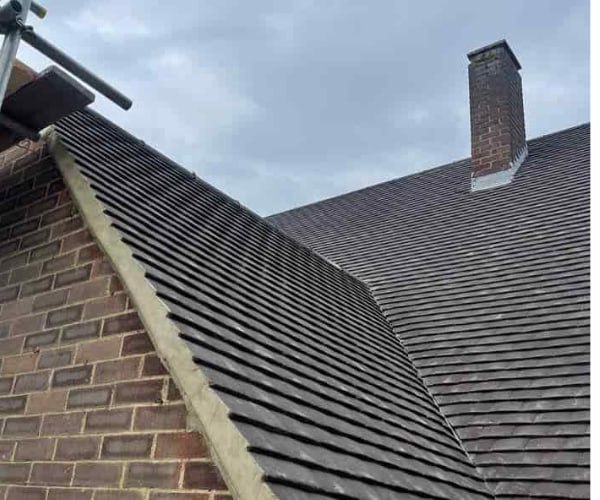Shining a Light on Flashing: A Key Component in Commercial Roofing Systems
Introduction: Regarding commercial roofing systems, every component protects your building from the elements. One often overlooked but essential element is flashing. Flashing is the unsung hero of roofing, providing a watertight seal around roof penetrations, edges, and transitions. This guide will delve into the importance of flashing in commercial roofing systems and why it deserves your attention.
What is Flashing?
Flashing is a thin, weather-resistant material, typically made of metal or synthetic materials, installed to prevent water from infiltrating the roof at vulnerable points. It is strategically placed around roof penetrations such as vents, chimneys, and skylights along roof edges and transitions where water runoff is most likely to occur.
Waterproofing Protection:
One of the primary functions of flashing is to create a waterproof barrier that prevents water from seeping into the building. Water can penetrate the roof system without proper flashing, leading to leaks, water damage, and costly repairs. By sealing vulnerable areas, flashing helps maintain the roofing system’s integrity and protects the building’s interior from water intrusion.
Preventing Structural Damage:
In addition to water damage, inadequate flashing can lead to structural issues. Persistent water infiltration can weaken the roof deck, compromise insulation, and damage interior finishes. Over time, this can result in structural deterioration and compromise the safety and stability of the entire building. Properly installed flashing acts as a safeguard against these potential hazards, preserving the structural integrity of the roof and the building as a whole.
Longevity and Durability:
Commercial roofing systems are subjected to various environmental stresses, including temperature fluctuations, UV exposure, and severe weather conditions. Flashing must withstand these challenges while maintaining its integrity over time. High-quality flashing materials, installed by experienced professionals, offer durability and longevity, ensuring long-term protection for your investment.
Professional Installation and Maintenance:
While flashing is a relatively small roofing system component, its importance cannot be overstated. Proper installation by skilled roofing professionals is essential to ensure the effectiveness of the flashing system. Experienced contractors understand the nuances of flashing installation, including proper placement, sealing techniques, and compatibility with other roofing materials.
Regular maintenance is also critical to ensure the continued flashing performance in commercial roofing systems. Inspections should be conducted periodically to check for signs of damage, deterioration, or improper installation. Any issues should be addressed promptly to prevent water infiltration and prolong the roof’s lifespan.
Conclusion: Flashing may not always be the most visible or glamorous aspect of a commercial roofing system, but its role in protecting your building is undeniable. Flashing plays a vital role in maintaining the integrity and longevity of your roof by providing waterproofing protection, preventing structural damage, and ensuring durability. Investing in high-quality flashing materials and professional installation is an investment in your commercial property’s long-term health and performance.
Call us on: 01234 860 698
Click here to find out more about SC Roofing Olney
Click here to complete our contact form and see how we can help with your roofing needs.

